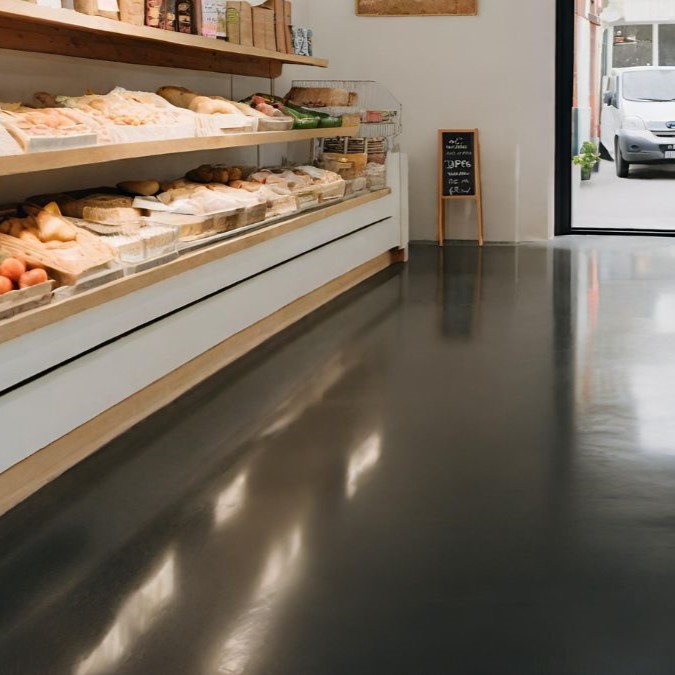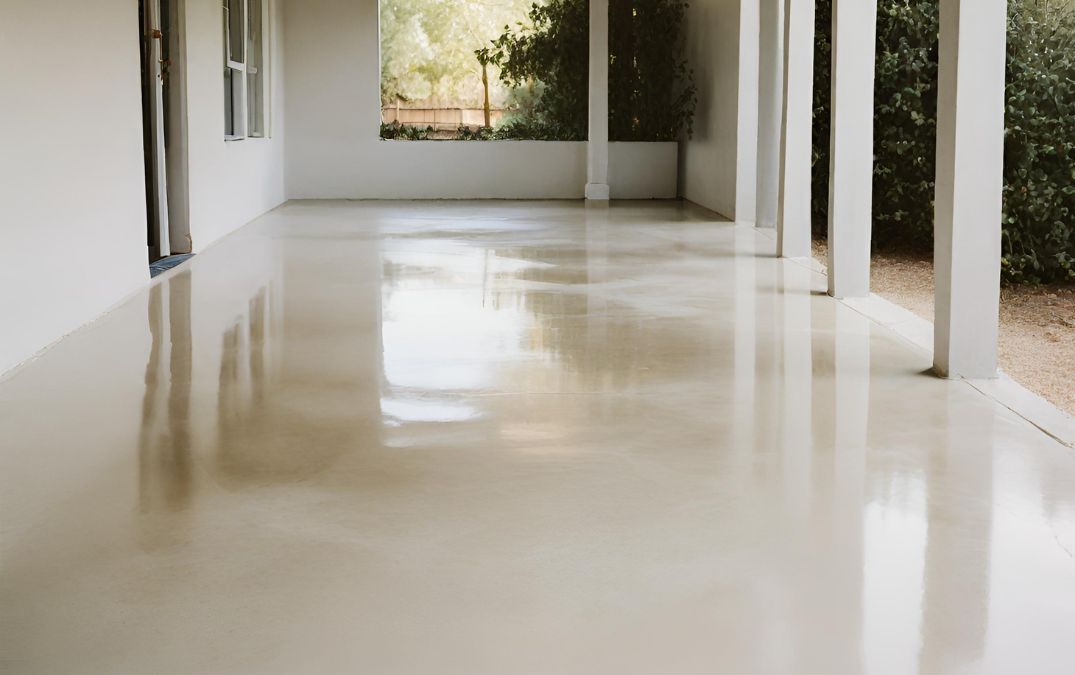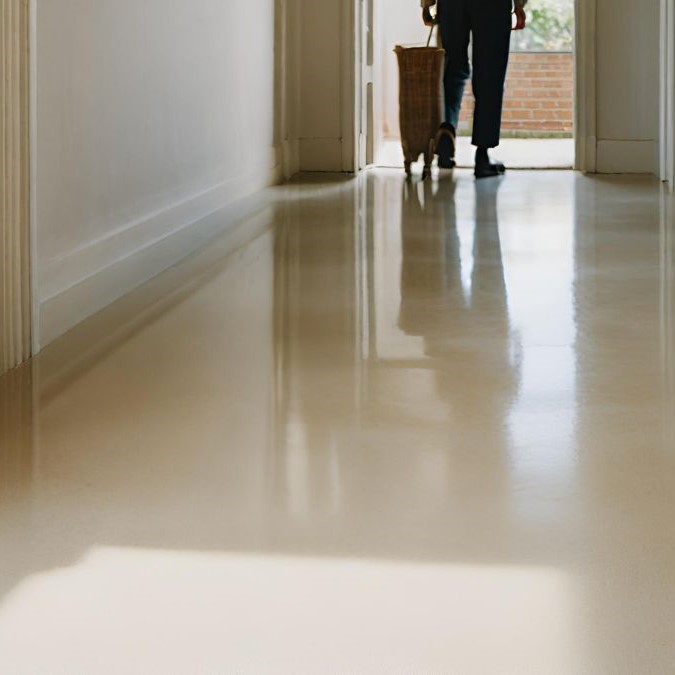Cold Underfoot
Then there's the coldness factor. On a frosty morning, stepping onto a concrete floor can be a rude awakening for your bare feet. In colder months or in generally cooler climates, concrete doesn't do you any favors in the warmth department. It's like a giant chill stone that doesn’t hold heat well, making it less than ideal in places where you want a cozy, warm feel underfoot. Without in-floor heating or some strategically placed rugs, it might feel like you're walking on ice.







